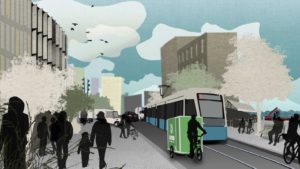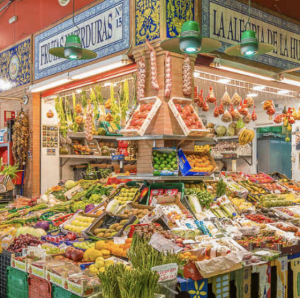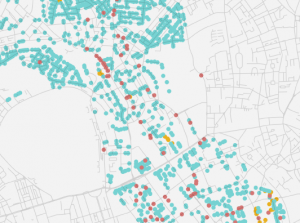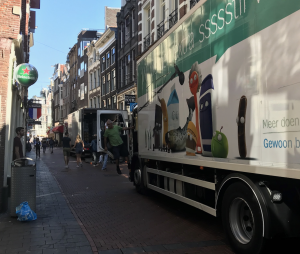Monthly archives: October, 2019
Freight in urban planning and local policies in France

Since the French 1996 law “LAURE”, which first made it mandatory to include a freight transport policy strategy in urban travel plans, local authorities are expected to regulate and plan freight transport within their territory, using urban planning tools at their disposal. The objective of research by Adeline Heitz and Laetitia Dablanc, from the University of …
Can smart locks provide a solution to delivery failure?

The number of consumers that make online purchases is growing, together with the frequency in which these purchases are made. This change in consumer behavior revitalized the practice of home delivery. Consumers prefer their homes in favor of alternative locations, despite the fair chance that they are not present at the time of delivery.
Understanding the fragmented demand for urban transportation for nanostores in emerging markets

The demand for goods transportation in emerging markets is fragmented, mainly due to the unstructured and informal ordering behavior of the many small, traditional retailers in these markets. In a new paper, Boulaksil et. al. study such small traditional retailers located in the neighborhoods of big cities in emerging markets. They call them nanostores.
Ikea delivers online customers in Paris via waterways and cargobike

Parisians who order online at Ikea can now be delivered by inland barges The hybrid-powered ship uses the River Seine for this. Ikea says that around 30 percent of orders are good for transport by water. The floating warehouse sails up and down the Seine between the inland port of Gennevilliers, where Ikea has a …
Research: last-mile parking behaviour in parcel delivery

Light goods vehicles are an important part of London traffic. With changes to delivery demand and traffic patterns more broadly, they often have a disproportionate impact on the functioning of cities. A team of researchers partnered with companies specializing in last-mile parcel delivery, thereby gaining access to data which allowed them to construct an agent-based model …

